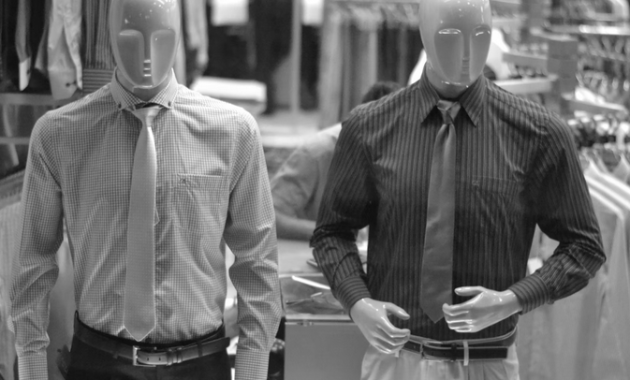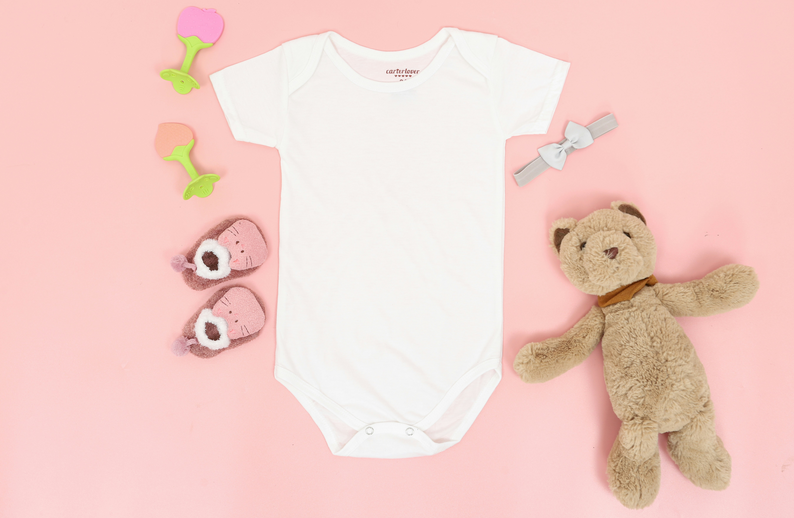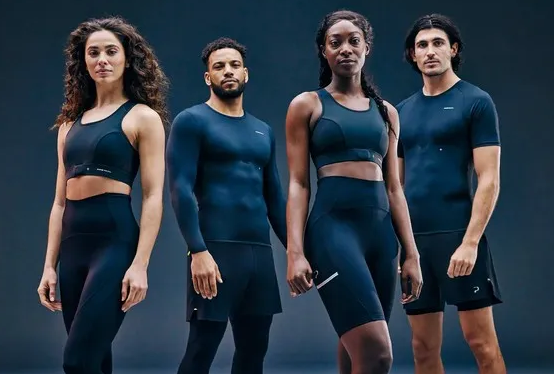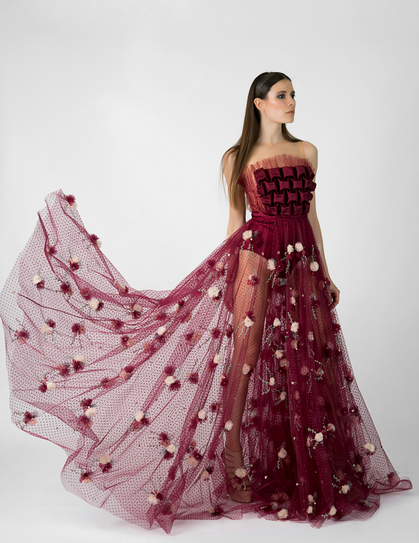The Development of Men’s Fashion from Time to Time
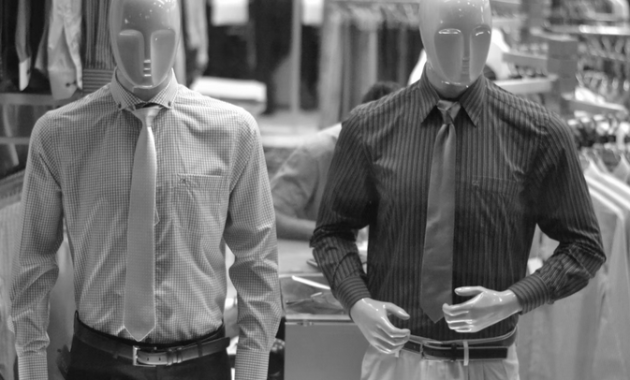
1. Ancient Times: Simplicity and Functionality
In ancient times, men’s clothing prioritized functionality over aesthetics. Ancient Egyptian men, for example, wore a simple cloth called “shendyt”, a kind of short skirt tied at the waist. In Roman times, men wore a toga, a garment that was twirled around the body, indicating their social status. The materials used at that time were limited, such as linen and wool, according to the needs of the climate and existing production skills.
2. Middle Ages: The Beginning of Clothing Details
In the Middle Ages, men began to wear more structured clothing, such as long tunics tied at the waist. During this time, fabrics such as velvet and silk began to be used by the nobility. Thick coats, long socks, and cone-shaped hats became a trend. Clothing was often decorated with embroidery to indicate status or wealth.
3. Renaissance Era: Elegance and Bright Colors
Fashion during the Renaissance era, especially in Europe, was filled with bright colors and luxurious embellishments. Men wore doublets (short jackets), hose (tight pants), and long coats. Nobles often wore clothes made of silk, velvet, and brocade, and adorned themselves with gold and diamond jewelry.
4. 18th Century: Fashion Revolution and Aristocracy
In the 18th century, men’s clothing developed further. Clothing such as long coats (called frock coats), waistcoats, and breeches became popular. This was a time when men’s clothing began to take on a more defined and symmetrical structure, with an emphasis on the silhouette of the body. More neutral colors began to be used, although the nobility still favored bright colors.
5. 19th Century: Classic, Formal, and Masculine
Entering the 19th century, men’s clothing changed to become more formal. Clothing trends such as tailcoats and short-cut suits emerged for formal events. Trousers replaced the shorts that were popular in the previous century. Clothing designs during this time emphasized sharp lines and focused more on simplicity and elegance.
6. Early 20th Century: Change and Freedom
The industrial revolution had a major impact on men’s fashion. In the early 20th century, men began to wear more casual clothing outside of formal situations, with loose trousers and button-down shirts. Tuxedos began to appear at formal events replacing tailcoats.
7. 1950s: Military and Rock ‘n Roll Inspiration
After World War II, men’s fashion was more influenced by military styles. Bomber jackets and khakis became popular. However, by the end of the decade, rock ‘n roll culture brought new trends such as leather jackets, white T-shirts, and jeans. James Dean and Elvis Presley became fashion icons for young men during this time.
8. 1970s: Freestyle Men and Experimentation
This era was marked by the courage to experiment. Flared pants, floral shirts, and suede jackets became symbols of freedom of expression. Glamorous disco styles with bright colors also dominated men’s fashion trends during this time.
9. 1990s: Minimalism and Grunge
Entering the 1990s, men’s fashion moved towards a more casual and relaxed style. Ripped jeans, flannel shirts, and hoodies became major trends, along with the rise of grunge music from bands like Nirvana. On the other hand, minimalist styles with simple suits and neutral colors also began to gain popularity, especially for men’s office fashion.
10. 21st Century: Versatility and Customization
Men’s fashion in the 21st century offers more choices and flexibility. From casual streetwear to elegant formal suits, men can express their personal style more freely. Technology has also influenced fashion, with lighter, more durable, and more environmentally friendly materials being used. Sneaker culture and athleisure have become an important part of the modern man’s everyday style.
Conclusion:
Men’s fashion has undergone a tremendous evolution, from simple functional clothing to diverse expressions of style and identity. Each era brings significant changes that reflect the culture and needs of the times. Today, men have the freedom to choose a style that reflects their personality, be it formal, casual, or sporty, while still respecting the historical roots of fashion that have been built over time.

